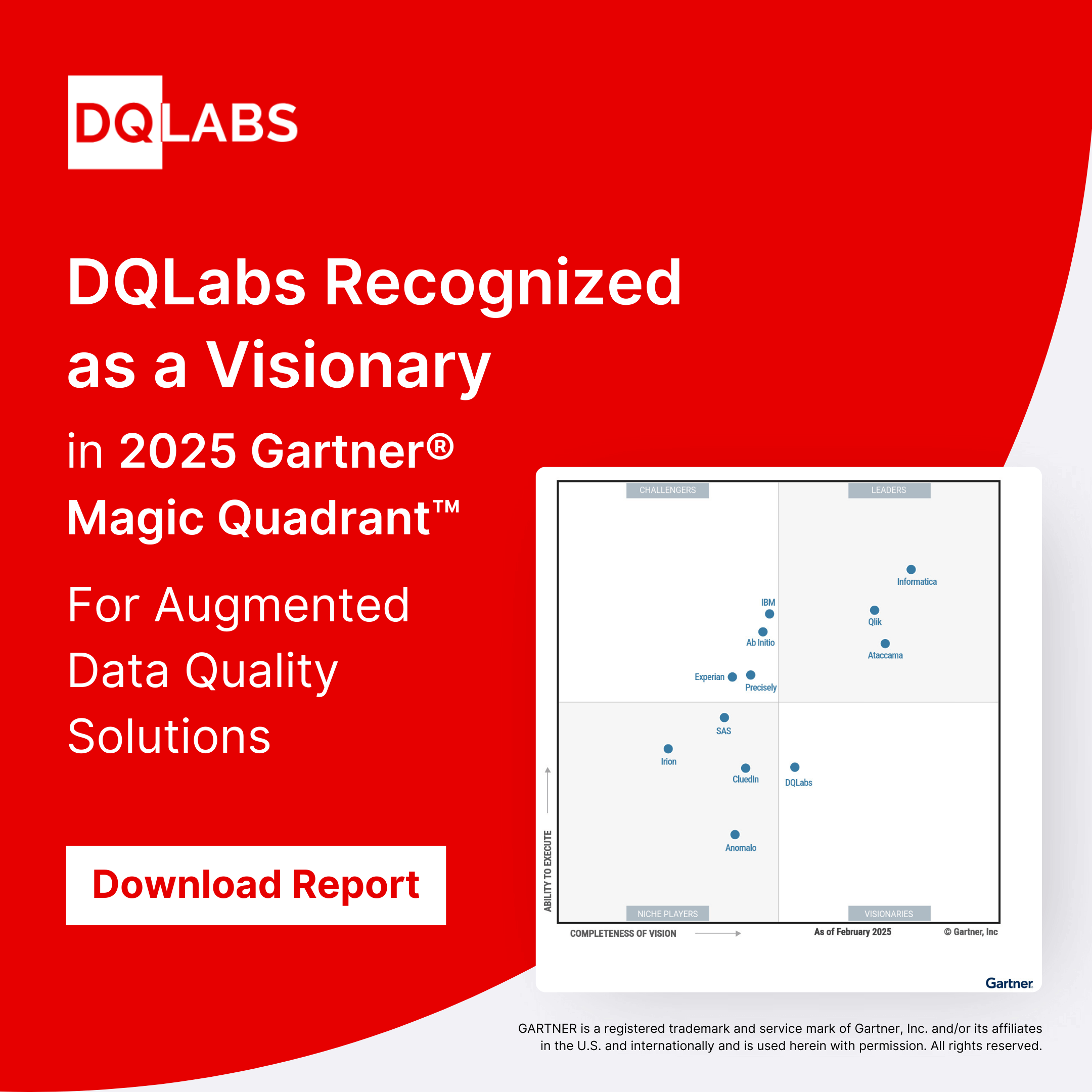In the fast-moving world, as we live in today, every day, new technology changes the way we work, makes our existing systems redundant, or needs patches and fixes to protect our costs. Gartner sees Data Fabric as one of the ten new trends related to data management that will flourish in the coming years. Data Fabric is a single and consistent data quality management framework that enables smooth access and data sharing in a distributed data environment.
Business leaders face market pressure to extract value from their data pipelines within limited budgets, time, and skills constraints. Data is so diverse and large it poses constant management challenges to business operators. Moreover, business data now raises fresh security concerns for all businesses as it steps out of firewalls. In such a state of affairs, here goes another invention in the “digital ecosphere,” the data fabric to handle the scale, diversity, and governance of current business data.
The critical element that defines a Data Fabric is suggested by the word “fabric” itself. The term describes how this technology manages data as a logical network of structured datasets and does not rely on the ongoing exchange of copies between apps or data stores to provide a data integration function. This design is inspired by the brain’s structure, which uses a physical network of axons and neurons to connect information and eliminate duplication. In Data Fabric technology, a logical rather than physical network is applied, but the outcome is the same as eliminating point-to-point integration. The benefit is the creation of significant efficiencies within the IT delivery process.
What is data fabric?
Gartner says a data fabric is a custom-made design that provides reusable data services, pipelines, semantic tiers, or APIs via a combination of data integration approaches in an orchestrated fashion. It can be made better by adding dynamic schema recognition or even cost-based optimization approaches. As a data fabric becomes increasingly involved or even introduces ML capabilities, it changes from a data fabric into a data mesh network.
Data fabric is a designed approach, mostly inclined toward use cases and locations on either “side” of a thread. The threads can cross and do handoffs in the center or even reuse their parts, but they are not built dynamically. They are just highly reusable, normal services.
Data mesh is a fully metadata-driven outlook. Statistics in the shape of metadata accumulation are kept relating to the rate of data access; platform, use case access, and user; the physical capacity of the system; and the utilization of the infrastructure components. Other data points include the reliability of the infrastructure, the trending of data usage by domain and use case, and the qualification, enrichment, and integrity of the data.
Characteristics of Data Fabric
- Unified data access: a single, cohesive way to access data from multiple sources
- Consolidated data protection: a consistent approach to data back-up, security, and recovery wherever the data is generated and stored
- Centralized service level management: a single way of measuring and monitoring service levels related to responsiveness, availability, and reliability of data.
- Cloud mobility and portability: supporting the idea of a true hybrid cloud by minimizing the friction caused by collating and analyzing data from different cloud providers and apps.
- Infrastructure resilience: by separating data management from specific technologies and putting it in a single, dedicated environment, a data fabric creates a more resilient system where emerging technologies or new data sources can be connected with minimal disruption.
Importance of data fabric to data quality
- The ingestion and integration capabilities of a data fabric enable internal and external applications to access data for several analytical and operational use cases such as forecasting, development of products, and optimization of sales and marketing to improve customer engagement, compliance, and optimization of supply chains.
- Enabling batch and real-time processes across multiple environments, machine learning-augmented automation simplifies data preparation and data quality while improving data governance capabilities.
- By using APIs, data sharing with internal and external stakeholders can become more accessible.
- A data fabric offers a whole infrastructure to consistently control and secure access to data and data services across multiple endpoints in a typical hybrid cloud environment. It facilitates accessible management services to enable fast delivery of digital services for competitive advantage.
- As hybrid cloud environments continue to embrace newer customer channels and novel technology-driven opportunities, a data fabric is another innovation to further the objectives of the hybrid cloud. A data fabric may provide relief to business operators grappling with the complex challenges of binding advanced technology environments like cloud, on-premise, and edge computing through a scalable Data Management solution.
Conclusion
A unified and flexible data ecosystem is critical and has a single view of your data, irrespective of the repositories generated, migrated to, or consumed from. The elasticity of a data fabric means it’s long-lasting, forward-looking, and beneficial, especially in a crisis. Check out data quality platforms like DQLabs that aids you in the whole data lifecycle for your organization or business.
